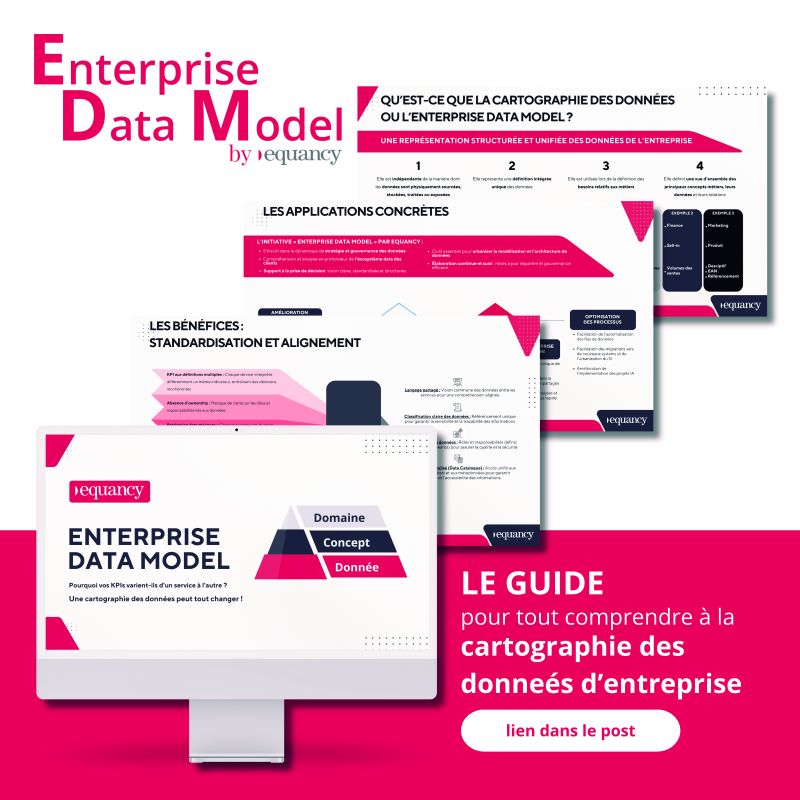Will email soon be in turmoil?
When he sent the first e-mail in October 1971, Ray Tomlinson surely didn't imagine that his invention would, 50 years later, give a lot of marketing managers brain knots. Because CRM strategies are becoming a real headache. The reason is an update from Apple. As it had been the case in 2017, with the gradual disappearance of third-party cookies in Safari, the giant throws a paving stone in the pond to emails. "In the new version of iOS15, all users of Apple's mail management application are offered, upon opening, to "protect their mail", describes Moncef Frigui, product manager at Sendinblue, a company specializing in omnichannel marketing strategies and which began on mailings. If they choose to check this option, marketing departments will no longer be able to know if the user has opened an email or not." This may be nothing to you, but to them it means a lot. "In practical terms, emails will be uploaded to an Apple server before being loaded onto the interface. This means that all of them will appear open to the sender," says Guillaume Tollet, associate director of Fifty-Five. The opening rate statistic is thus no longer relevant. "This figure allows for example to better manage the capping of campaigns and to pilot the marketing pressure on targets", adds Moncef Frigui. The problem is that the pixel introduced in the e-mail, which allows to know if it has been opened or not, also gathers other information, like the user's location. The e-mail will become a more blurred element in targeting and loyalty strategies. "For the moment, it only represents 4 to 5% of all openings and it has little impact on the results of a campaign," adds Moncef Fri-gui. "But eventually, once everyone has upgraded, we estimate that 75% of Apple users could validate this option, adds Bertrand Destailleur, partner at Equancy. When you consider that they represent about 30% of the databases, that's almost 25% of the total. So it starts to become important in terms of volume."
THE QUEST FOR THE CLICK
The problem? Email used to allow you to know your targets well and to maintain a real relationship with them. "Especially since the disappearance of third-party cookies, everyone is rushing to first-party data," says Guillaume Tollet. "And what happens on social networks stays on social networks, deplores Bertrand Destailleur. Email is a way to have data that you don't have elsewhere, and to go finely into the engagement analysis of your brand discourse." The problem is likely to be more annoying for the media with their autonomous newsletters, contained in the body of emails, that some advertising agencies value from the opening rate. "It is to be expected that all stand-alone newsletters will disappear in favor of content hosted on a landing page. This format should make a strong comeback by encouraging subscribers to click, which will make it possible to know the performance of its mailings", adds the Equancy partner. It is this click in the mail that will become the Holy Grail for publishers and brands. Which, for some, is not a bad thing. The opening rate is sometimes a very vague indicator... "Brands will have to focus on more concrete engagement metrics: clicks, unsubscribes, email responses, etc. Or encourage their subscribers to define their interests. We might as well build vertical mailings on specific topics", warns Moncef Frigui. "It will be necessary to make the copywriters work, to find very engaging "call to action" and to increase the click rates", adds Bertrand Destailleurs. And rekindle the embers of the war for attention.
DOMINO EFFECT
Another solution: extrapolation. "Among those who opened the e-mail, we can statistically expect that the same part of the other part of the base, which hides its activity, also opened it," adds Bertrand Destailleurs. "For the moment, the estimates are quite close to reality," adds Moncef Fruigui. But this solution will only be valid if the situation does not change. We can seriously fear a domino effect, warns Guillaume Tollet. Every time Apple made changes, it had an influence on other players. " But the openness rate is not the only cause for concern. It is the tree that hides the forest. “Another novelty from Apple, called 'Hide my email', will have more impact. It consists of creating a fictitious email address, which will serve as a point of contact between the user and the service opposite, "he describes. In other words, brands or the media will no longer have access to the email address, which will only be known to Apple. The fictitious address may be temporary, and change over time.
WORRIED CALLS
What impact as long as the email arrives in the box? "The email is used to reconcile the bases between them, and to locate an Internet user between different sites, he specifies, in particular with the disappearance of third-party cookies." But above all, "brands will lose the direct connection they have with their users," he concludes. This will distort the very meaning of the email subject. " And that is surely the real problem. "All the announcements aimed at better protection of personal data are a good thing," says Moncef Frigui. But we need everyone to work together, not under duress, or through circumvention methods. ” Confronted with these imposed changes, everyone will have to manage. Brands are going wild. “We are getting more and more service calls that are concerned. As usual, the bigger ones will be able to anticipate and cope, being truly omnichannel and not resting on just a pillar. But it is the smaller ones who will have more difficulties, ”points out Guillaume Tollet. The cookie turmoil has barely ended, and now we have to put a coin back.




